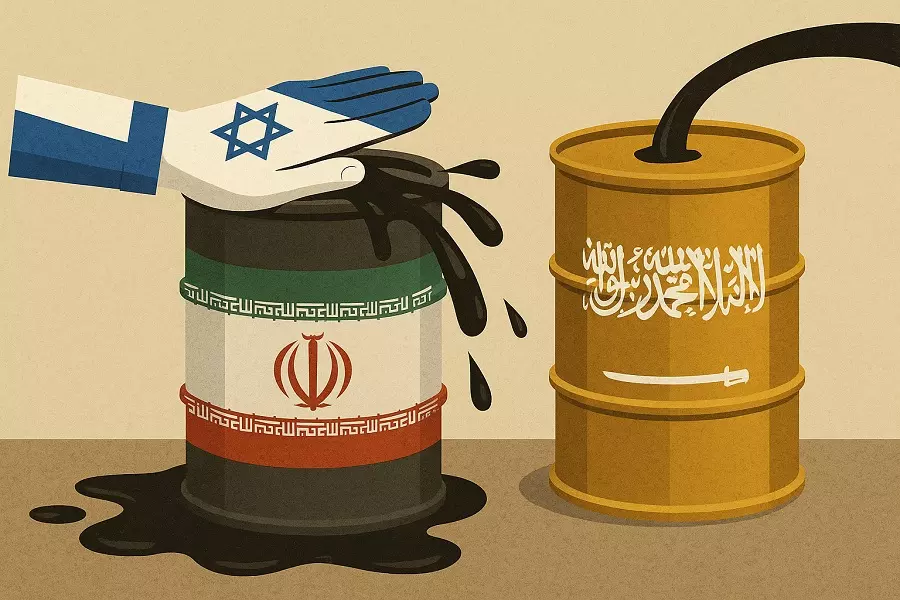- P.O. Box: 11482 Yaoundé, Cameroon; Headquarters: Efoulan, Yaoundé 3
- contact@caessinternational.org

Donald Trump left the G7 summit in Canada prematurely, just a few hours after his arrival, citing "events in the Middle East," according to a White House statement. On his social media platform Truth, he declared: “Iran should have accepted the deal I offered them. They must never acquire nuclear weapons. Everyone should evacuate Tehran immediately.” In this new context of direct confrontation with Israel, Iran appears isolated and weakened. Now in a position of strength in the region, Israel seems to have diminished Hezbollah's influence in Lebanon and contributed to the retreat of Bashar al-Assad's regime in Syria. However, some sources claim that Iran is receiving discreet yet active support, including shipments of missiles and military equipment via Russian and Chinese cargo planes. Additionally, Pakistan is reported to have established a land-based logistics route to deliver air defense systems and has transferred 720 missiles to Tehran.
Another regional player observing the situation closely is Saudi Arabia. Although Riyadh condemned Israel’s “blatant aggression against a brotherly country,” referring to Iran, on June 13, the Saudi kingdom continues to maneuver cautiously between its strategic alliance with Washington and a strongly mobilized domestic public opinion against the violence in Gaza. While Iran and Saudi Arabia officially restored diplomatic relations in 2023, their current trajectories seem to diverge: Tehran is sinking deeper into crisis, while Riyadh is consolidating its regional power. As the world’s second-largest oil producer in 2024 and the eighth for natural gas, Saudi Arabia boasts strong economic indicators: low inflation, reduced unemployment, high per capita wealth, and significant appeal to foreign investment, particularly in the sectors of high-tech, tourism, culture, and renewable energy.
Under the leadership of Crown Prince Mohammed bin Salman (MBS), the kingdom is gradually opening up to the world through the implementation of the “Vision 2030” plan, which includes vast projects like the futuristic city of Neom on the Red Sea coast. Despite ongoing political repression, several notable social reforms have been achieved, particularly regarding women's rights. In contrast, Iran—despite its wealth of oil and gas—is suffering the harsh consequences of Western sanctions on its exports. Since 2018, the country has been experiencing a deep economic crisis, marked by skyrocketing inflation, the impoverishment of over 40% of the population, massive unemployment among young graduates, and high emigration rates. Human rights violations remain constant, especially against women and political dissidents. The killing of Mahsa Amini in September 2022 sparked a major protest movement—“Woman, Life, Freedom”—which was brutally repressed by the regime.
Thus, even before the military escalation with Israel, Iran appeared economically and socially fragile. Meanwhile, MBS is emerging as Donald Trump’s favored ally in the region, while Iran struggles to rely on its militia networks or on support from Russia, which is currently preoccupied with the war in Ukraine.